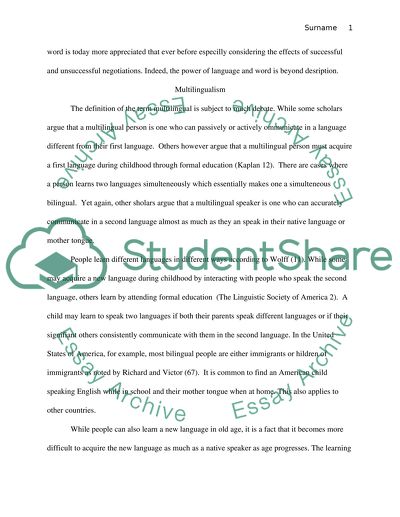Cite this document
(“Language Learning, Bilingualism and Assimilation Research Paper”, n.d.)
Language Learning, Bilingualism and Assimilation Research Paper. Retrieved from https://studentshare.org/english/1454496-language-and-word-power
Language Learning, Bilingualism and Assimilation Research Paper. Retrieved from https://studentshare.org/english/1454496-language-and-word-power
(Language Learning, Bilingualism and Assimilation Research Paper)
Language Learning, Bilingualism and Assimilation Research Paper. https://studentshare.org/english/1454496-language-and-word-power.
Language Learning, Bilingualism and Assimilation Research Paper. https://studentshare.org/english/1454496-language-and-word-power.
“Language Learning, Bilingualism and Assimilation Research Paper”, n.d. https://studentshare.org/english/1454496-language-and-word-power.


